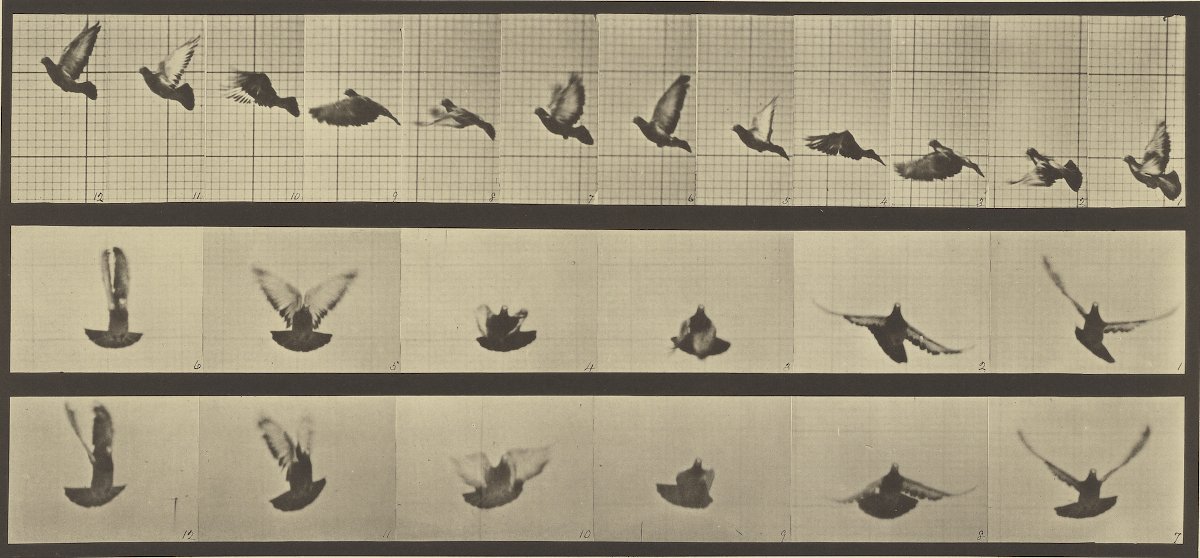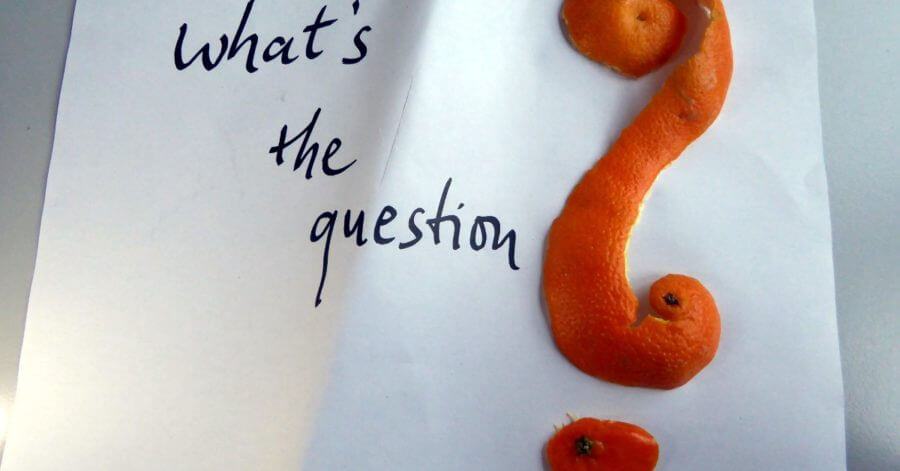My wife often asks me, “What were you thinking?!!!” My response is usually, “I have no idea!” The list of my mental lapses is long. For example: I’ve been known to lend a sizable sum of money to a friend with nothing in writing; I once bought a fishing boat even though I am notoriously bad at fishing and don’t particularly enjoy waiting for hours for a fish to bite; and I once got so carried away trimming the tall, shady pine trees in our front yard that there was little shade and no privacy left when I finished. I could go on, but you get the point: sometimes we don’t think about how we are thinking about things.
As individuals, the basic thinking process is to explore, understand, and act. In the exploration phase, we open our minds, broaden our lens, and seek out diverse points of view from multiple sources. In the understanding phase, we narrow our options based on a defined set of objectives, values, and criteria. Then we decide on a specific goal that is designed to satisfy as many of our values as possible. In the action phase, we design a strategy and a plan for achieving the goal. And then we hold ourselves accountable to clear standards. Some people, like academics, prefer to stay in exploration longer and more rigorously than most. Others are quick to move into the action phase without sufficient exploration or understanding. What’s important is to know your own preferred strength and style. Knowing that I am an action-oriented guy, I should have taken more time to explore other options before buying that fishing boat or trimming those trees.

In organizations, the thinking process involves four distinct phases: goal setting, input gathering, processing, and planning. In the goal setting phase, leaders typically set marketing and sales goals; decide on human, information, and financial resource requirements; choose the right technology platforms; and set measurable production objectives. In the input gathering phase, leaders seek out best practices, scan competitive and economic threats and opportunities, and solicit expert advice. In the processing phase, leaders engage the whole organization in meaningful conversation regarding the vision, values, mission and strategy for the future. In the planning phase, each department ensures that its goals, objectives, strategies, and tasks are aligned with the organizational vision, values, and mission. Some organizations do all four of these phases thoroughly and thoughtfully. Others skim the first three phases and allocate most of their time to the last. All four processes require different thinking skills: visionary, creative, analytic, reflective, pragmatic, logical, intuitive, operational, integrative, relational, or linear. Again, what’s important is to diagnose accurately the organization’s skills and capabilities in each phase.
In education, thinking about thinking is usually referred to as metacognition. It is defined as the knowledge and control of cognition. Research indicates that the best way to help students think more deeply is to encourage them to think about how they are thinking. Through metacognition, students understand more clearly their thinking strengths and weaknesses. High performing students tend to have an accurate understanding of how they learn and embrace those practices that produce the best results for them. These students reflect on their thinking strategies and skills (like those described above), as well as their memory, study habits, and representational capabilities.
Likewise, the highest performing teachers are acutely aware of their awareness. For example, when they are reading aloud to students, they are aware of their tone, pace, volume, gestures, energy, inflections, etc. When they are representing various subject areas, they are cognizant of how they are thinking about presenting the content. For example, they may review material using a clever introductory exercise to grab students’ attention and interest; they may overview the skills using different media; they may present the steps for each skill with a combination of tell, show, and do methods; they may provide exercises to enable students to experience the applications of the skill; and they may summarize the learning with an exercise to determine what learning gaps skill exist for the learner. Once again, what’s important for the teacher is to understand how each process engages and enables the learner—to think about how they are thinking as teachers.
In short, thinking about thinking helps us understand how we represent ourselves and our ideas so that we can improve our processing efficiency and reasoning. The critical question, implied by this discussion, is “Who is thinking about thinking or is aware of their awareness?” Who is witnessing? Who is observing? Who is remembering to remember?
In 1894, Rudolf Steiner published the Philosophy of Freedom in which he addressed this central question: “How far is it possible to prove in human thinking that real spirit is the agent?” Steiner undertook a deep study of philosophy, particularly the writings of Kant, but could not find a way of thinking that could be described as a perception of the spiritual world. Thus, he was led to develop a theory of knowledge that started from a direct experience of the spiritual nature of thinking. Steiner introduced the idea of “agency” which gives us the possibility to witness, observe, and remember not only more precisely, but also more broadly. I believe we need to develop our “agency” or “executive function” so that we can think more clearly about our thinking, our feelings, our actions, and our spirit. In short, “I am” is the voice of the source of thinking.
George Kuhlewind (1924-2006), a Hungarian philosopher who worked from the tradition of Steiner’s spiritual science, wrote extensively on the liberation of consciousness. In his book, From Normal to Healthy, Kuhlewind suggests that the key to our development is moving from subconscious thinking, i.e. that which is conditioned, finished, habitual, repetitive, performed, associated, and instinctual to super-conscious thinking, i.e. that which is unfinished, improvised, spontaneous, and formless. Kuhlewind advanced Steiner’s notions of freedom and thinking by detailing the differences between thinking from the past and thinking into the new. For me, thinking is a metaphysical process that occurs in conjunction with physical components and functions.
In this post election season I hear myself asking, “What were they thinking?!!!” Unfortunately, the answer is, “They weren’t.” The people who voted for Trump were reacting out of pain, fear, and anger—and they got conned. I feel bad for the non-deplorables among them, and I feel worse for the country.
We can’t rely on fake news for the decisions we make. We can’t think that returning to the past is a solution. We can’t believe that conditioned responses constitute thinking. We need to accept the fact that our worlds are unfinished and continuously evolving, and then engage in fresh, new thinking to shape the future. We need to experience where we are in the thinking process and notice how that works or doesn’t work. Clearly, thinking takes a lot of effort—effort that was lacking in this election and is often missing in our daily lives.
In any event, in the future, I hope I hear my wife saying, “How should WE be thinking about this?” And I hope I’m more aware of my own thinking deficits, habits, and strengths as we address the problems and opportunities we are facing together.
Also published on Medium.




Great post Ricky! You are my hero-keep them coming! RonnyDonny
[…] doesn’t work. By definition, when we react we don’t think. A reaction is simply a reflex action to an emotion we may not even understand […]
Great post Ricky! Sometimes others benefit from your quick thinking and acting: pickleball court, boat rides, fishing equipment, cleared hiking trails, etc.!!!